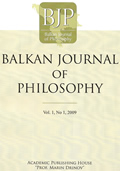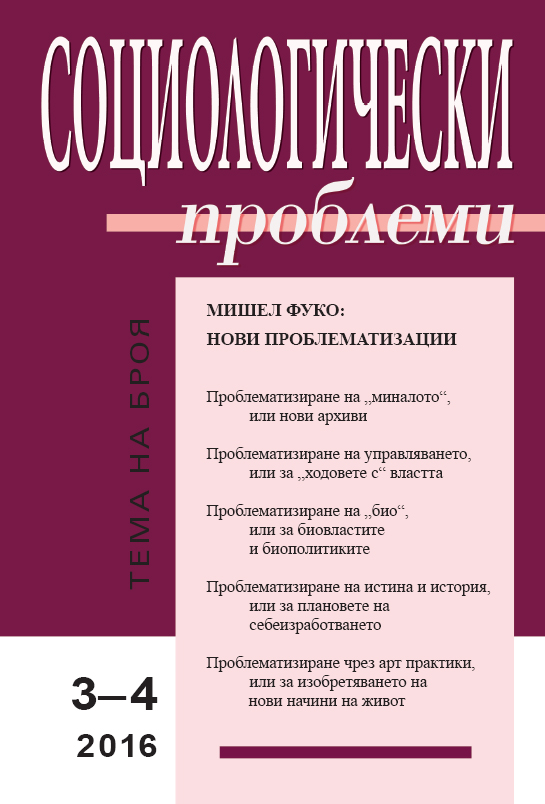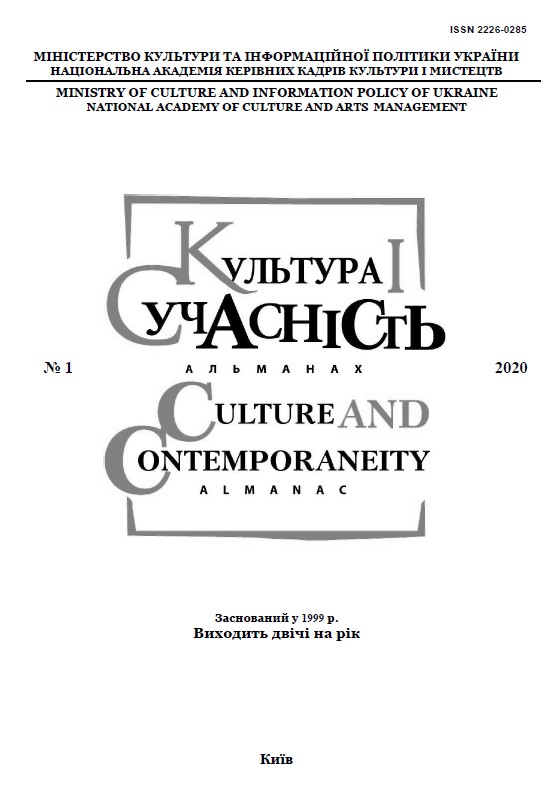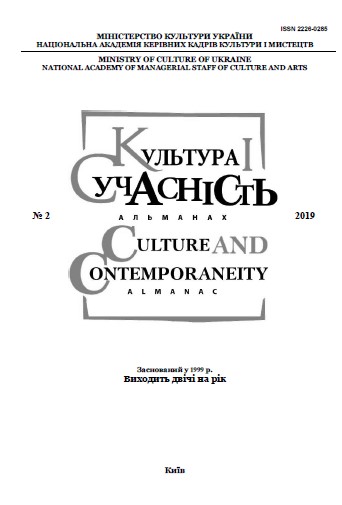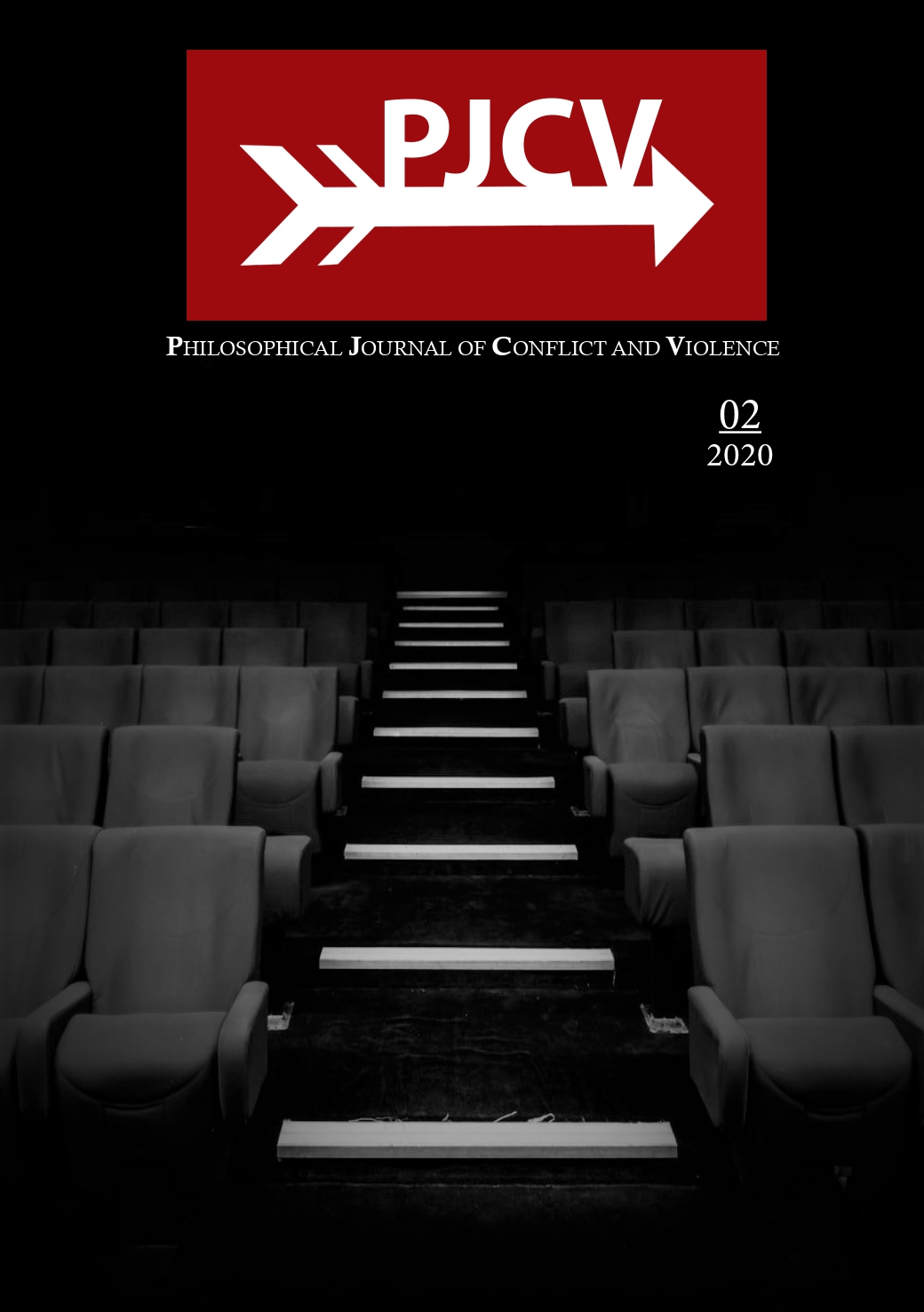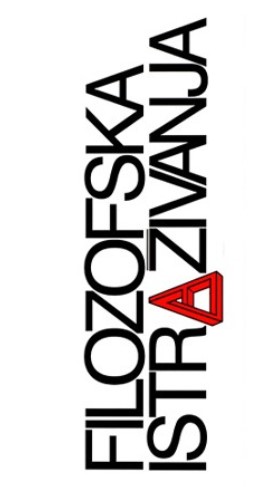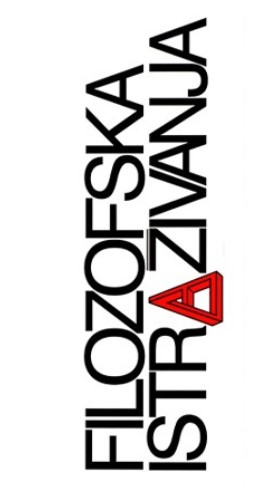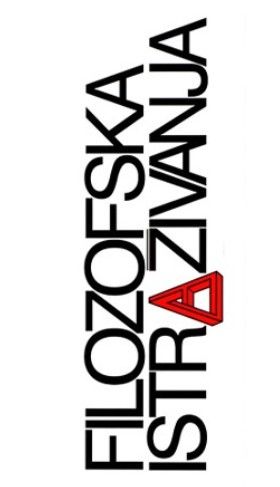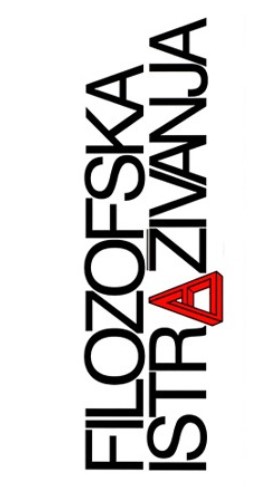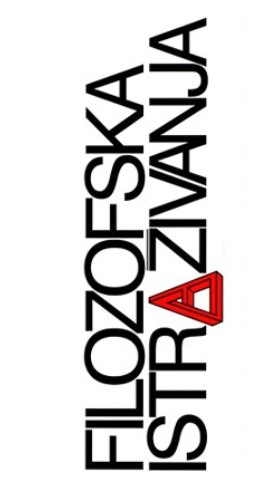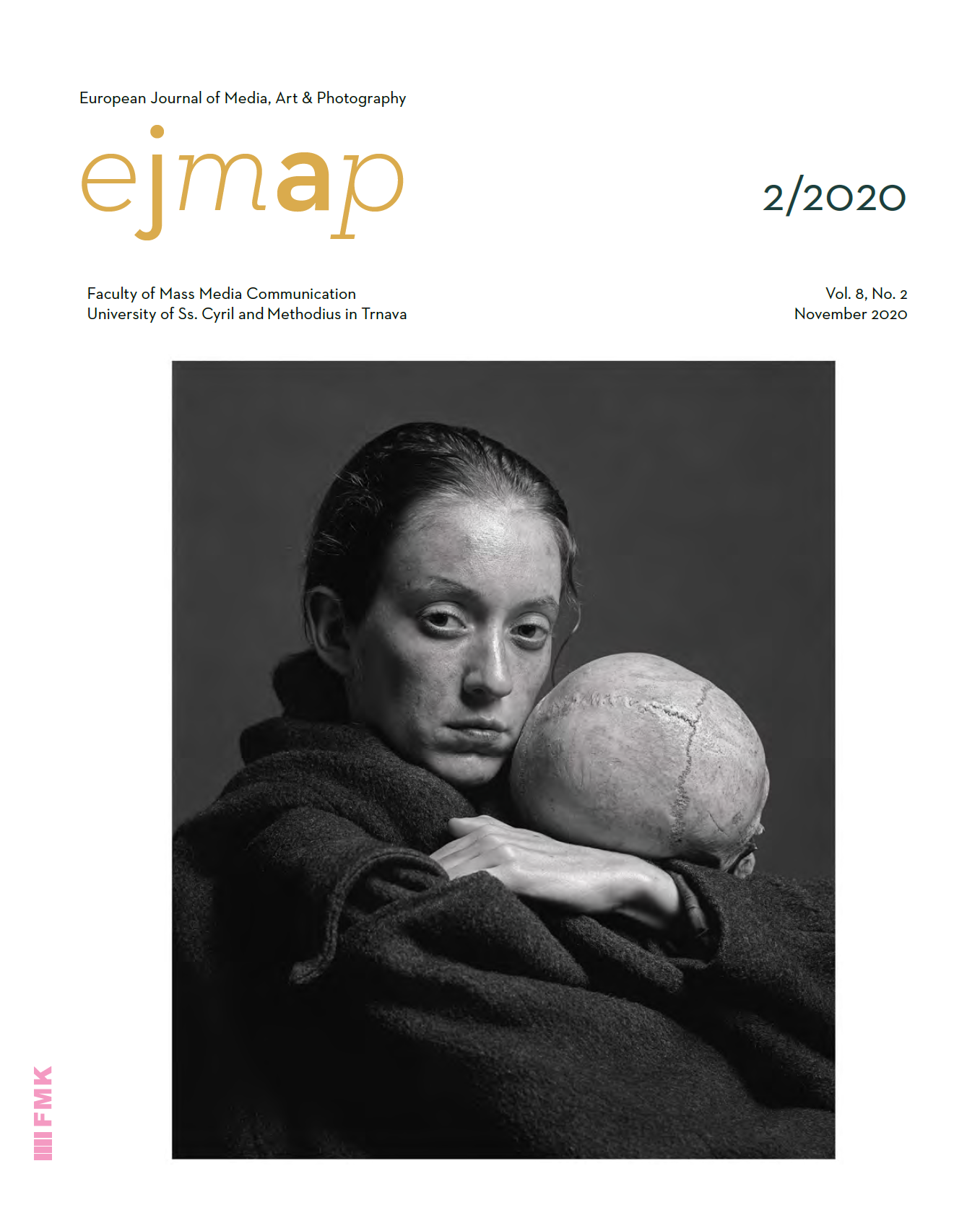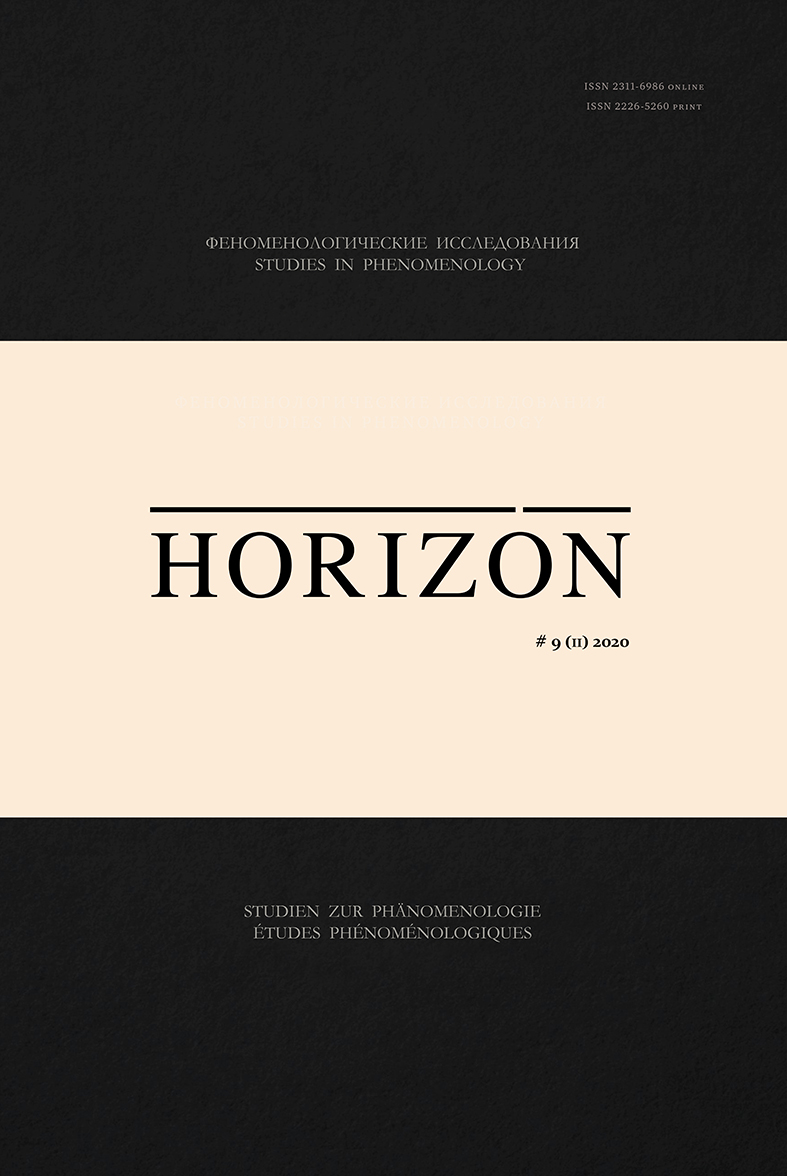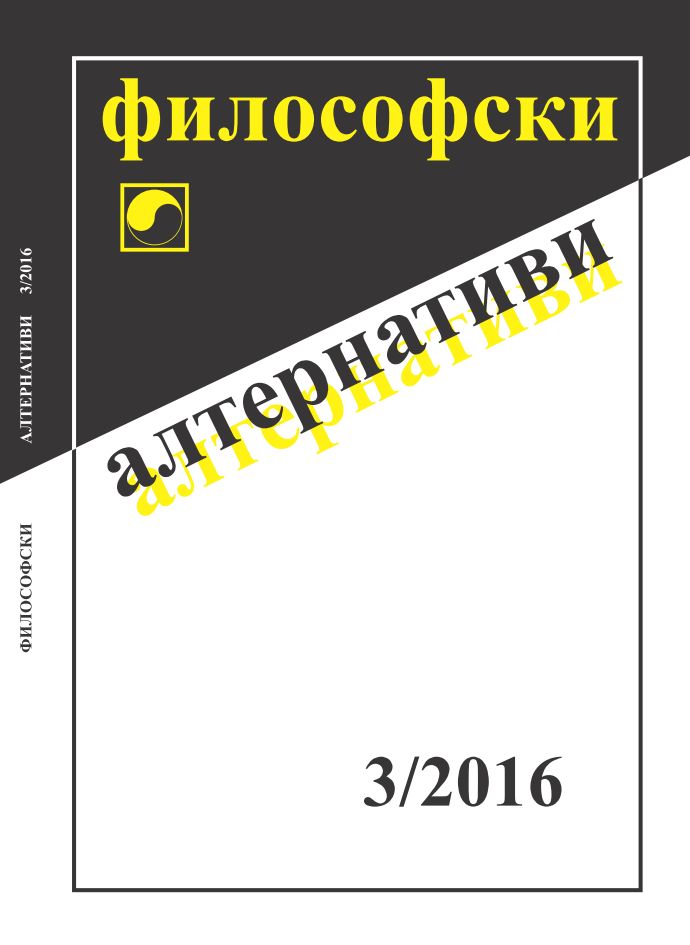
Да поиграем на хетеротопии.
The article aims to present Rancière’s conception of aesthetic heterotopia as a „place of the indeterminate“ in its aesthetical basis, as well as in its relation to the ethical and the political orders; in this context, the author discusses 1) the phenomena of horizontality and plurality in which heterotopias and utopias can be distinguished; 2) the contemporary „revaluation of all values“ (Nietzsche) preceding that horizontality and plurality in acommon typology of the axiological need of heterotopias. This discussion ultimately aims to answer the final question: Does the creation and play with (aesthetic) heterotopias make the world a game?
More...
